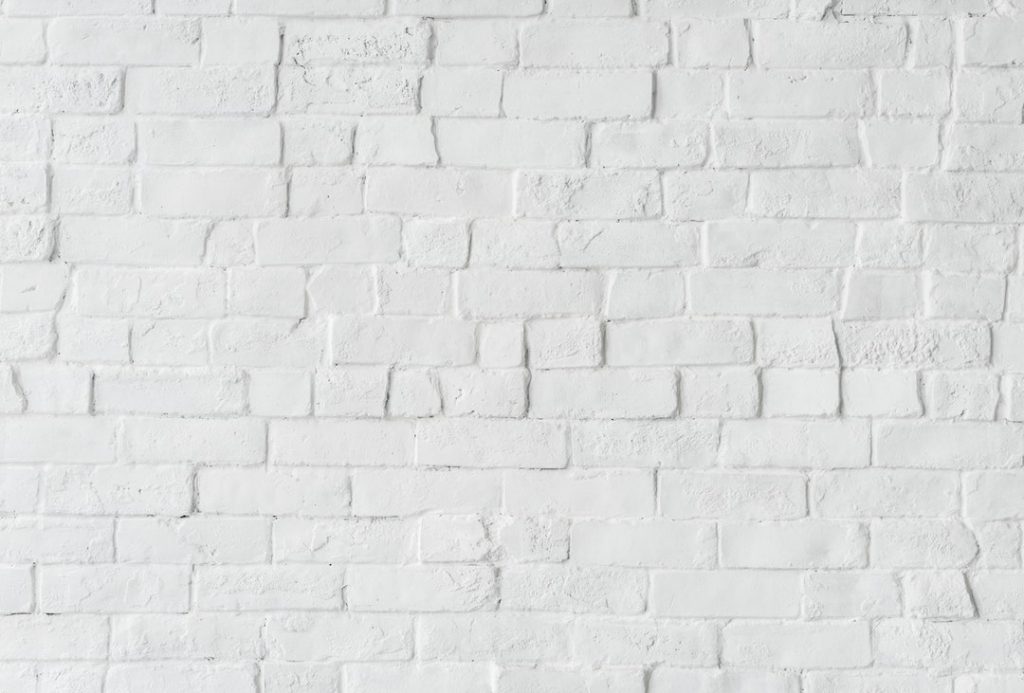There’s Moisture in Them There Walls! 8 Ways to Detect Excessive Moisture in Walls of Your Home
Every year property owners spend over 2 billion dollars treating termite infestations. These pesky little creatures and many other problems could be easily avoided by monitoring the moisture in your home.
Detecting moisture in your walls can provide you with many benefits such as preventing leak damage or termite invasion. Termites love moisture and the bacteria that grow in it.
If you don’t get termite, moisture can also encourage the growth of mold. This can degrade the strength of your home and be a health risk to you and your family.
Use these 8 tips to detect the moisture in the walls of your home.
1. Look for Leaks
One of the most obvious and common signs of excess moisture are signs of leaks. Look for discoloration on your walls or signs of mold.
You may see yellowing, black, brown, or red discoloration. It could be a cluster of smaller spots or one large circular spot.
As you look for discoloration, place your hand on the walls. If the wall feels soft or gives easily under your hand then you know you have a major moisture problem.
While not exactly a leak, the presence of condensation is also a sign of moisture in your walls. This often happens during the summer months when your AC is on high.
2. Go to the Common Places
There are a few places that you should check first when looking for moisture in your walls. Start by looking at the walls right next to your shower.
Lots of moisture is present in the air of your shower area. This moisture then seeps into the walls of your bathroom.
Look behind your toilet and below your sink. You also want to look below your washing machine faucet box.
If you haven’t noticed, the first place you need to look at are places where water is present and has the potential for leaking.
3. Infrared Camera
You can use an infrared camera to detect temperature changes in your walls. You are going to look for cool spots on your walls with the camera.
When you are doing physical activity, your body sweats. Then as that sweat evaporates, your body is cooled.
The same thing happens with the water that is evaporating from your walls. This means that an infrared camera that sees heat, will also detect spots cooled from increased moisture evaporation.
4. Moisture Meter
This is a small device that you will run over the surface of your wall. It uses radio waves that get sent into the wall. It will then measure the moisture level based on the reading from the radio waves.
5. Calcium Carbide Bomb Moisture Test
A CM test might be the most popular form of moisture testing for concrete even though it requires you to take a piece of the wall for testing. To do this test you use a sealed flask that measures the gas build up.
You want the gauge to stay below 4%. If it does, then your concrete is curing the way it should.
6. Pin Type Moisture Meter
This is another invasive type of test, only this one requires you to push two pins into the wall. Then electromagnetic resistance is used to measure the current flow between the pins.
This flow is what tells them meter what the moisture content is in the wall. The moisture in the wall allows for a stronger current flow.
There are some professional models that are available for a couple hundred dollars. But you can also pick up a lower level model at your local hardware store for less than $20.
7. Borescope
Sometimes you want to be able to see the moisture happening behind your walls. That is when a borescope comes in handy.
This testing tool is a tiny camera that is on the end of a flexible cable. You feed the cable and camera into the wall and then view the images sent by the camera on a laptop.
This tool is only useful in limited application though. Some people find it hard to see the moisture problem because the insulation in your wall fill the space and block your view of the backside of the wall.
8. Open up the Wall
This is the most invasive, but also the most accurate when it comes to finding excessive moisture in your wall. With this method, you are making an opening in the wall and expanding it until you find the area of the wall affected by excessive moisture.
The good thing about this method is that you already have the wall open when you find the moisture problem. The downside is that is can be expensive and time-consuming. Remember, you’ll have to repair the wall once you’re done.
Find the Moisture in Your Walls
Your home creates a lot of moisture, and this can create a ton of problems for your home. You’ll want to regularly check for moisture in your walls so that you can address any issues right away.
This is important since mold begins to grow as soon as 48 hours after your home’s materials get wet. If termites invade, you’ll have a huge fight to get rid of them.
Consider how large of a moisture problem you have. This will help you decide how invasive of a test you need to determine the level of moisture in your walls.
Now that you know how to find the excess moisture in your home, use these 9 common plumbing problems and how to fix them to prevent further moisture damage.

